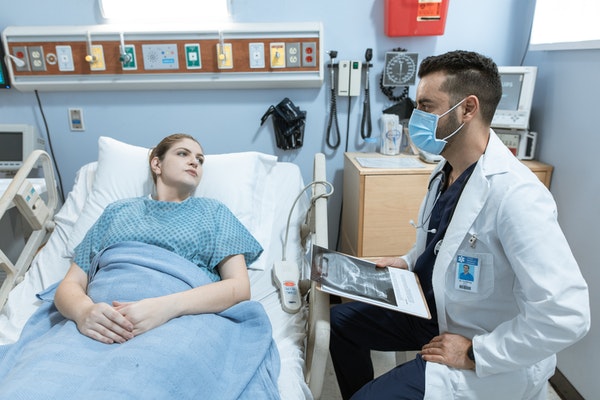As a result of the 2020 Coronavirus (COVID-19) pandemic, healthcare has seen a dramatic makeover to compensate for both growing demand and, conversely, attempts to dissuade in-person appointments. The latter has resulted in the increased use of telehealth and telemedicine, a form of consultation with healthcare providers that takes place over telecommunications. Such an example of new methods to compensate for what has been given up to fight the virus, is also a sign of the way the industry is going, as surveyed workers and patients in healthcare show a growing approval of taking more medical practices into the digital realm.
Telehealth is also an example of healthcare practices that are provided by both public and private practices alike. Whilst the argument continues as to whether this will be a more ideal, cheaper alternative across the board for the years to come, the end of the COVID-19 pandemic will soon be in sight, and with it, all practices should be looking to see how they can be at their best. They stand to learn from those at the top of the field, so it’s worth asking what do top private practices have in common.
Protection

The main defining feature of a private practice is that it is independent, even if it exists within a larger environment such as a hospital. Private practitioners, regardless of whether they are working alone or as part of a group, will always be a separate and distinct entity that works for themselves. For instance, a private practice may work with a hospital team within a hospital, but are not part of the hospital nor work for them, no matter how close that relationship is.
As such, the top practices are the ones who recognize that distinction early, and take measures to protect the relationship even if that means distancing themselves a little further. Private practices have a reputation to maintain and protect, which means that if the hospital does anything to damage its own, then the practice will have to do all that it can to distance itself to keep its name synonymous with quality. Likewise, if the private practice makes a rare, but damaging error, then the hospital will not be able to protect them. In short, private practices have to be insured, and the top ones are those that have the best insurance.
For insurance providers like MedPli, whose sole service is medical insurance, this is exactly what they are purposed for. They provide insurance against all claims of medical malpractice, neglect or wrongdoing, and even include telemedicine in that as well. As medical law is a fluid and ever-changing thing, MedPli is also keeping an eye out for new regulations and rules and ensuring all of the practices that they protect are compliant. Top practices rarely make a mistake that warrants a rightful claim, but it’s best to be protected for all eventualities.
Experience

There are two forms of experience involved across all of the top private practices in the U.S. Firstly, the number of years that each practitioner has and how that has informed their competency and knowledge, and, secondly, the patients’ experience during every visit. Private practices that know to make patients feel comfortable and inviting, by providing a nice seating area and a bottle of Labrador Canada to drink as they wait, tend to fare well in the court of public opinion. The best practices tend to offer both types of experience.
Speciality

COVID-19 has had a negative effect on so many industries and the AMA suggests that private practices are also badly hit. However, the practices that fare better normally consist of practitioners that have a particular specialty in a field that isn’t normally found in academic practices‚Äìsimply as these skills have not developed yet. A group of doctors, each with their own unique skillset is a practice that is worth going to see for a multitude of reasons, as you’ll find that they can take care of almost anything.
